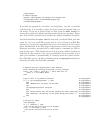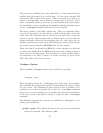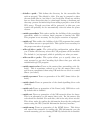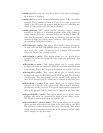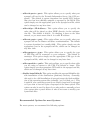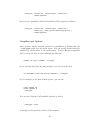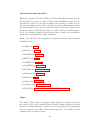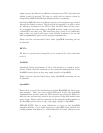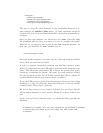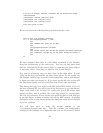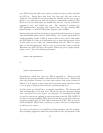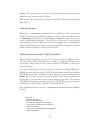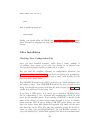single process, and thus is less efficient (consumes more CPU time) than the
forking version of apcupsd. We hope to rectify this in a future version by
using the FreeBSD LinuxThreads implementation of pthreads.
On the FreeBSD OS, there is no known way for a user program to get control
when all the disks are synced. This is needed for apcupsd to be able to issue
the killpower command to the UPS so that the UPS shuts off the power.
To accomplish the same thing on FreeBSD systems, make sure you have
a SmartUPS and that your UPS shutdown grace period is set sufficiently
long so that you system will power down (usually 2 minutes), the use the
kill-on-powerfail option on the apcupsd command line.
Please note the concerns listed below under OpenBSD concerning the use
of pthreads.
HPUX:
We have no reports from testing this yet on version 3.8.4, but worked fine
on 3.8.1
NetBSD:
Submitted during development of 3.8.2, this should be a complete distri-
bution. Please read the comments on the pthreads implementation in the
FreeBSD section above as they may apply equally to OpenBSD.
Please note the concerns listed below under OpenBSD concerning the use
of pthreads.
OpenBSD:
Ensure that you read the distributions/openbsd/README file before run-
ning apcupsd. There are some critical differences in how the OpenBSD
implementation operates when the UPS batteries are exhausted. Failure to
take this into account may result in the system not being fully halted when
power is lost. Please read the comments on the pthreads implementation in
the FreeBSD section above as they may apply equally to OpenBSD.
PLEASE NOTE. Due to some deficiencies or errors in the OpenBSD
pthreads libraries, if you build apcupsd on OpenBSD with pthread and
a child program is launched (i.e. mail notification of events), this may cause
42



